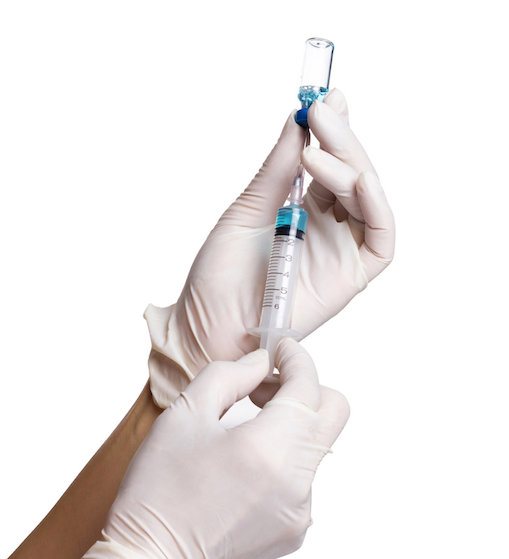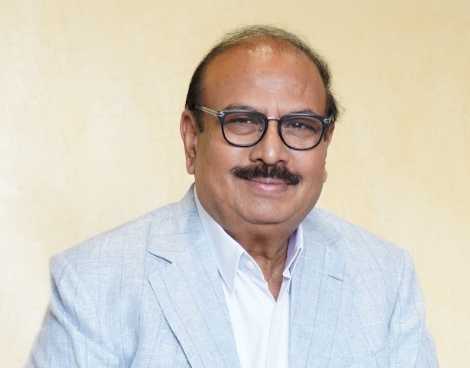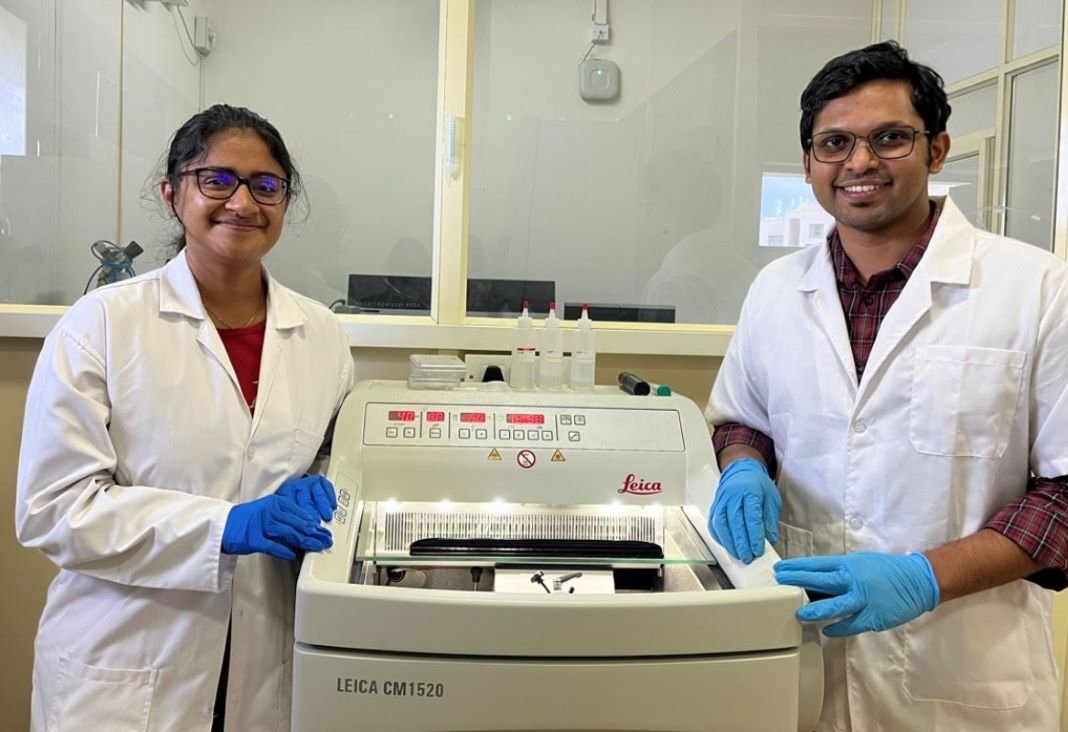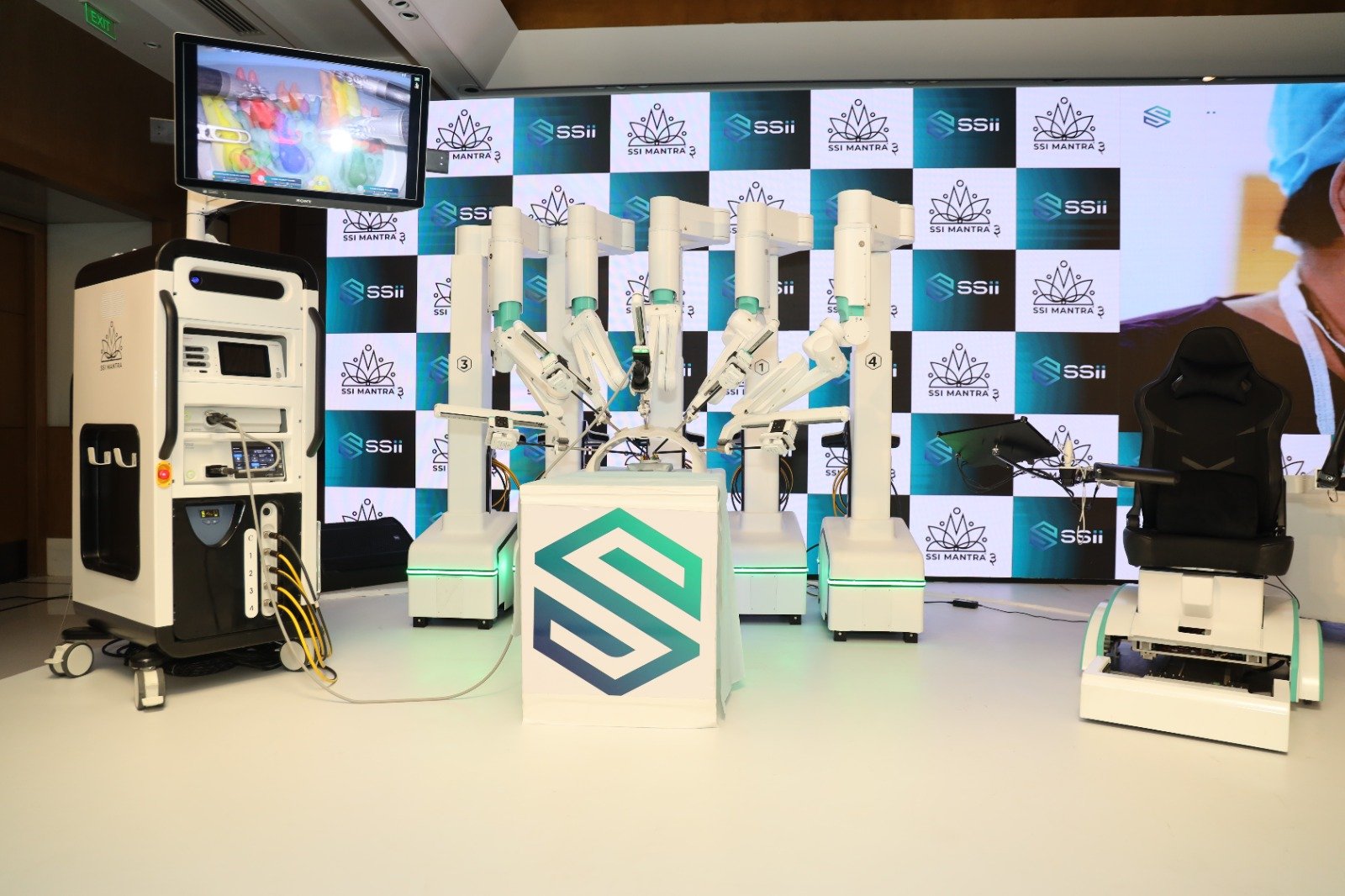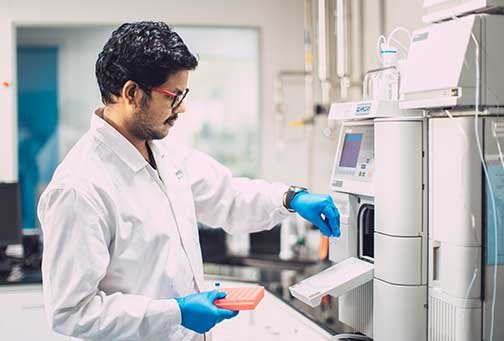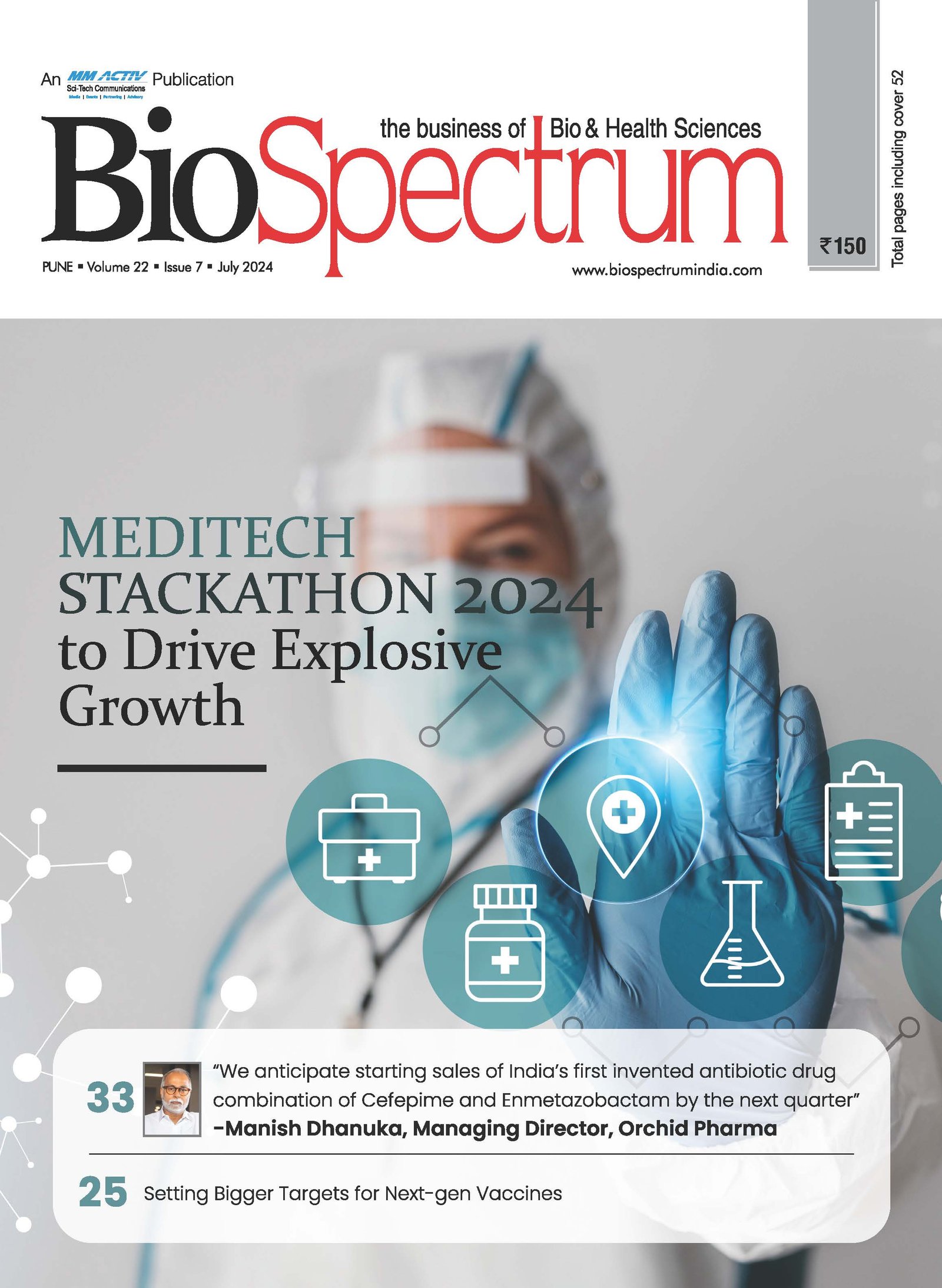Sanofi sets out strategic roadmap for long-term growth
10 December 2015 | News | By BioSpectrum Bureau
Sanofi sets out strategic roadmap for long-term growth

(Photo Courtesy: www.cryptocoinsnews.com)
As a result of investments in launches, headwinds in diabetes and the phasing of cost savings, Sanofi does not expect to show any meaningful bottom line growth over 2016-2017.
Beginning in 2018, however Sanofi expects to grow Business EPS faster than sales, reflecting its improved sales mix and the full capture of cost efficiencies.
"The pharmaceutical industry is undergoing a transformation unlike anything we've previously seen. Continued consolidation in the sector has created a more competitive environment over the last few years and, at the same time, science has never been more exciting. In this context, I am defining new priorities for Sanofi. The company will remain diversified, but with a portfolio refocused on areas where we can win, and innovation driven to improve lives of millions of people," said Dr Olivier Brandicourt, CEO, Sanofi. "Along with a more streamlined and accountable organization, we are taking clear measures to ensure success as we launch a strong set of new medicines across several therapeutic areas. By building on the successes of these products, we are confident that Sanofi will be well-positioned for sustained, long-term growth. Sanofi is also seeking external opportunities to enhance its growth profile."
Sanofi's long-term strategy rests on four pillars: reshape the portfolio, deliver outstanding launches, sustain innovation in R&D and simplify the organization.
Reshape the portfolio
Sanofi's diversified portfolio will be reshaped in three different ways:
Sustain leadership
The company will sustain its leadership in diabetes and cardiovascular, vaccines, rare diseases and emerging markets. In diabetes, Sanofi plans to develop its insulin franchise, which includes Lantus, Toujeo and LixiLan, strengthen its pipeline through external opportunities (e.g. in-licensing agreements with Lexicon and Hanmi) and lead the market shift to managing diabetes outcomes. The collaboration with Google Life Sciences is a good example of the latter.
In the cardiovascular space, Sanofi is excited about the prospects for Praluent and eagerly awaits the results of the ODYSSEY cardiovascular outcomes trial in 2016-2017 which should help to capture the drug's full potential.
In the vaccines field, the objective is to grow faster than the market through the company's Dengvaxia, flu, pediatric and boosters vaccines.
Lastly, in emerging markets, the company intends to retain its number one position through greater focus on priority countries.
In those regions, resource allocation will be prioritized, the industrial footprint will be adapted and dedicated innovations will be specifically developed.
Build competitive positions
Sanofi will build competitive positions in multiple sclerosis, oncology, immunology and consumer healthcare. In oncology, Sanofi plans to rebuild a competitive position by regaining critical mass.
In order to achieve this goal, the company intends to maximize clinical assets like isatuximab in multiple myeloma, and restore a competitive pipeline through its strategic collaboration with Regeneron in immuno-oncology. In immunology, sarilumab in rheumatoid arthritis and dupilumab in atopic dermatitis and asthma will be the two pillars of a new franchise. In consumer healthcare, Sanofi plans to build scale through new categories of products and bolt-on acquisitions.
Explore strategic options
Sanofi will explore strategic options for its animal health and European generics businesses. In animal health, Merial has successfully returned to strong growth over the past six quarters and is currently one of the most profitable companies in its sector. Nevertheless synergies are limited with other Sanofi businesses. Strategic options will also be explored for generics in Europe where geographic synergies are limited and market complexity is increasing. All options will be considered for these businesses including retention in the Group.
Deliver outstanding launches
Sanofi's growth will be notably driven by the launches that are scheduled for the next five years. Up to 18 new products are on track to arrive on the market by 2020. Among these, Sanofi projects that six key launches (Toujeo, Praluent, Dengvaxia, sarilumab, LixiLan and dupilumab) could generate aggregate peak sales of €12 bn to €14 bn by 2025.
Sustain innovation in R&D
Sanofi announced plans to continue to strengthen its R&D pipeline and evolve its R&D model based on project teams and alignment with its GBUs. The organization will also foster its existing R&D collaborations and increase its capacity for external innovation. At the meeting today, President of Global R&D Elias Zerhouni will provide an update on the next wave of promising pipeline assets.
Simplify the organization
As announced in July, Sanofi is in the process of simplifying its global organization. The move to five GBUs will start to be implemented beginning in January 2016 following mandatory labor consultations. In addition, Sanofi plans to reshape its plant network to match business evolution with increased emphasis on the growing biologics portfolio.
Simplification of the organization worldwide and a more focused portfolio should allow cost savings of €1.5 bn by 2018, which will be largely reinvested to support growth initiatives. With the benefit of these cost savings, the Group gross margin and SG&A ratio to sales in 2018 are each expected to be similar to their respective 2015 levels at CER. Reflecting the company's ambition to drive long term growth, the R&D ratio to sales is expected to rise slightly over the period 2015-2020 at CER. By 2020, Sanofi plans to increase its total annual R&D investments up to €6 bn at CER while maintaining financial discipline.



